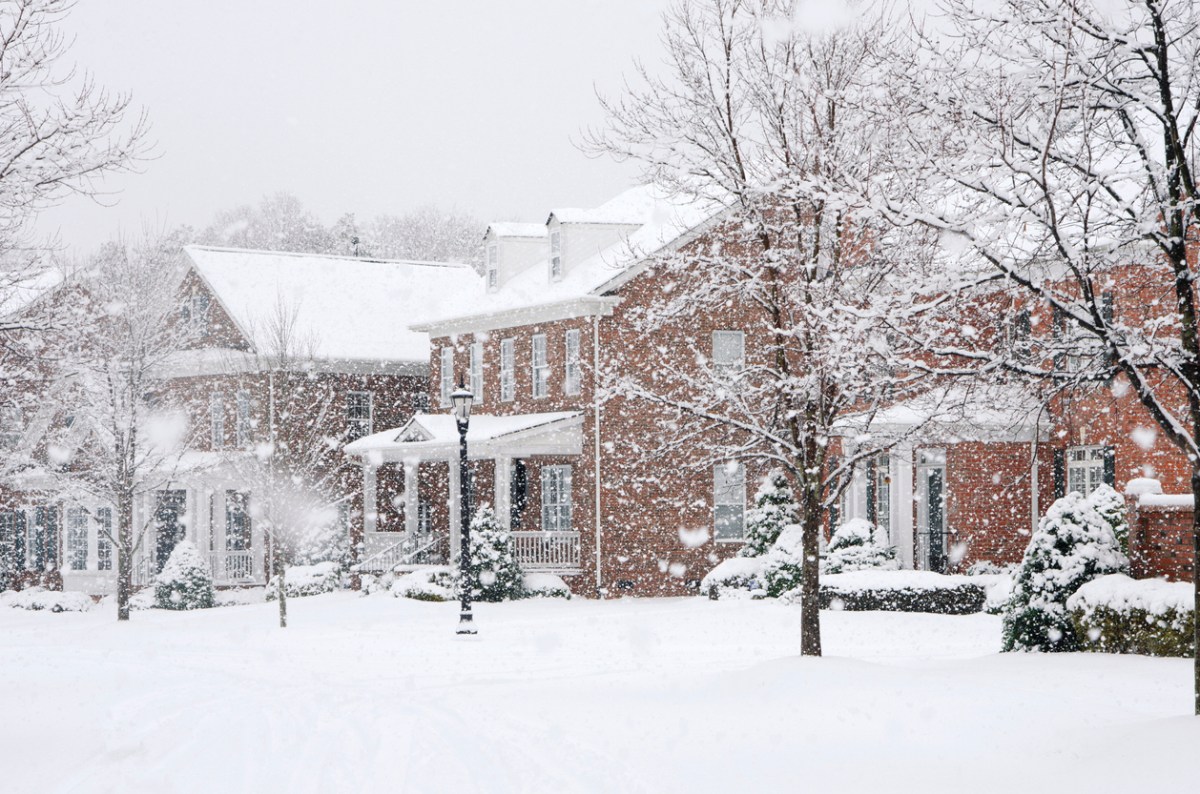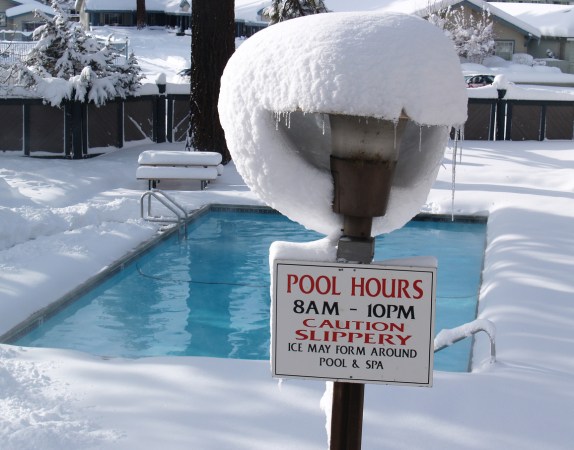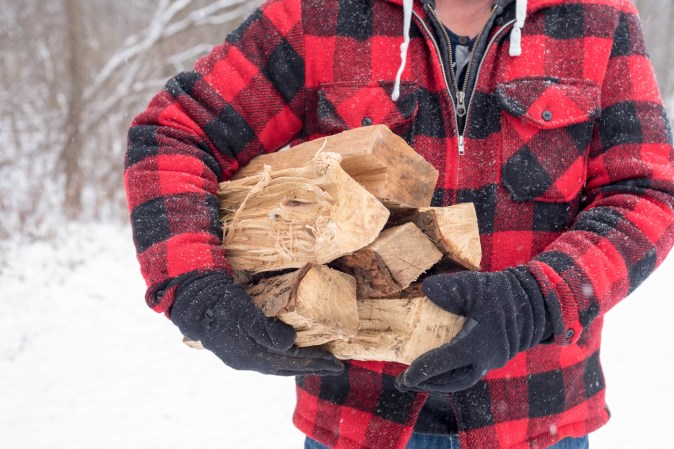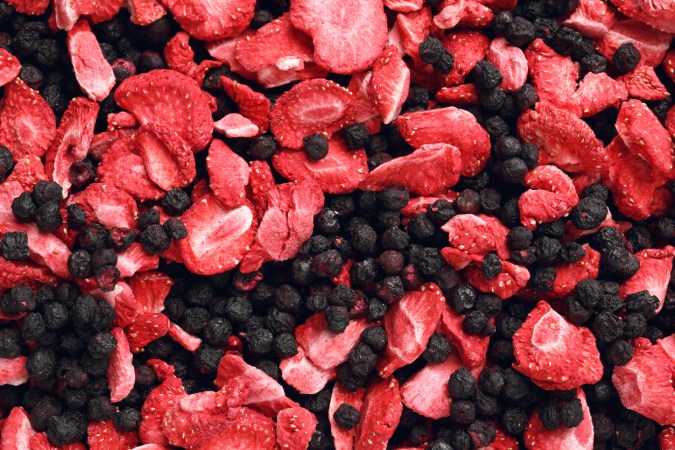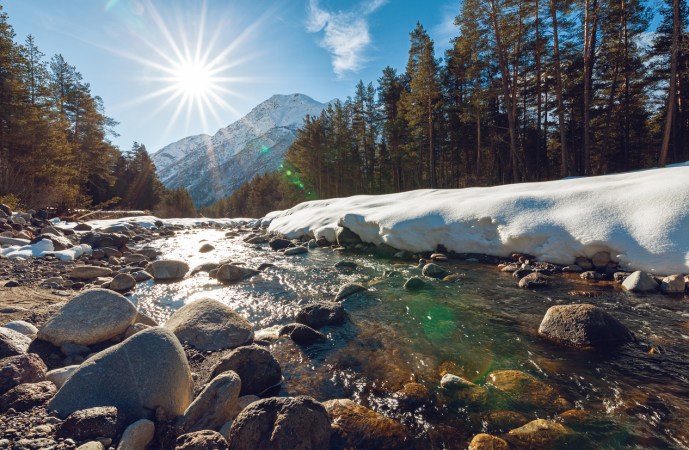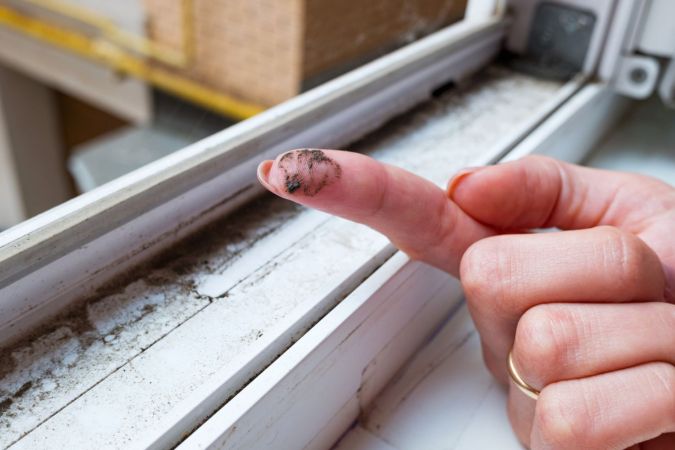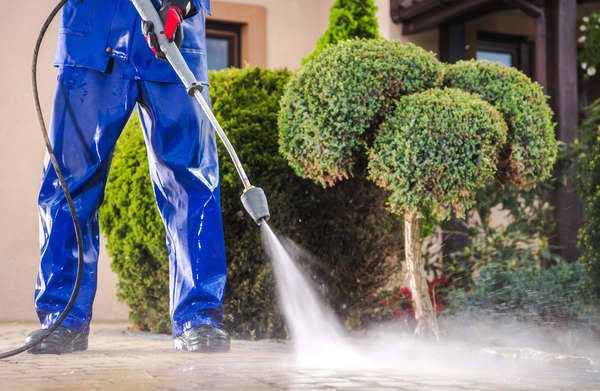We may earn revenue from the products available on this page and participate in affiliate programs. Learn More ›
Winter storms impact most parts of the country, and present a wide spectrum of challenges across various regions of the United States. Snowstorms, freezing rain, ice storms, and sleet can all cause major disruptions to daily life from treacherous driving conditions, school closures, or power outages.
Understanding the differences between each of these common weather phenomena can help you be prepared and keep your family safe. Knowing the characteristics of each of these storm types can help you navigate them this winter.
Snowstorms
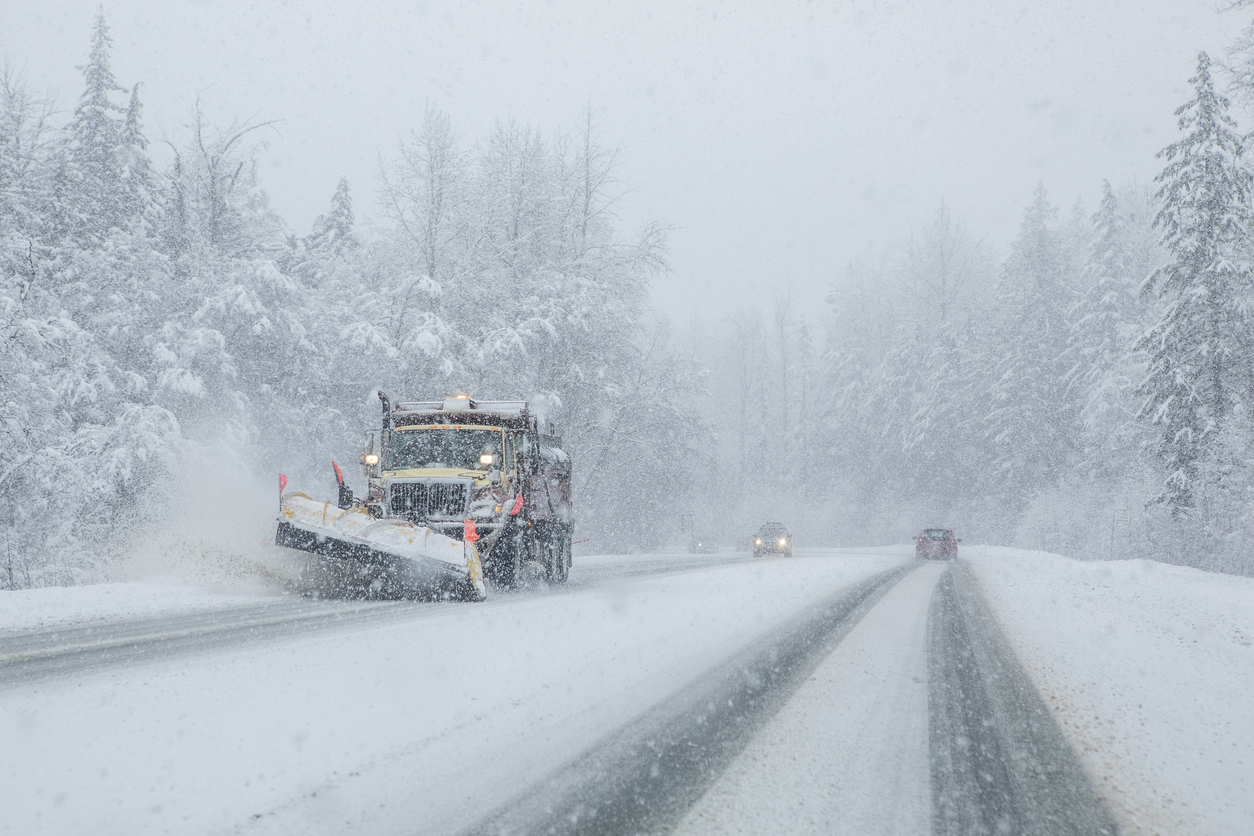
In the Northern United States, snowstorms are a common occurrence each winter. While snow can create a beautiful winter wonderland, these storms can cause significant disruption to everyday life. Snow occurs in the coldest weather conditions when temperatures drop below the freezing point. It’s made up of ice crystals that form when the air is humid and then come together to create snowflakes.
A snowstorm is characterized by substantial snow accumulations over a short time, resulting in several inches of snow on the ground, and is often accompanied by strong winds. A blizzard is a type of severe snowstorm that’s characterized by strong, sustained winds of at least 35 miles per hour (mph) that last a prolonged period—typically 3 hours or more—leading to reduced visibility of ¼ mile or less.
Cities and municipalities in the North are typically well equipped to handle these conditions and have fleets of snow plows and salt trucks at the ready to clear and de-ice roads and ensure that citizens’ day-to-day lives can go on as usual. Despite this, however, severe snow storms can still lead to road closures, school cancellations, and public transit delays. Snowstorms may be rare in other parts of the country (save for some mountainous areas of the Southwest), but when they occur, they can cause significant issues because local governments aren’t prepared for them.
Freezing Rain
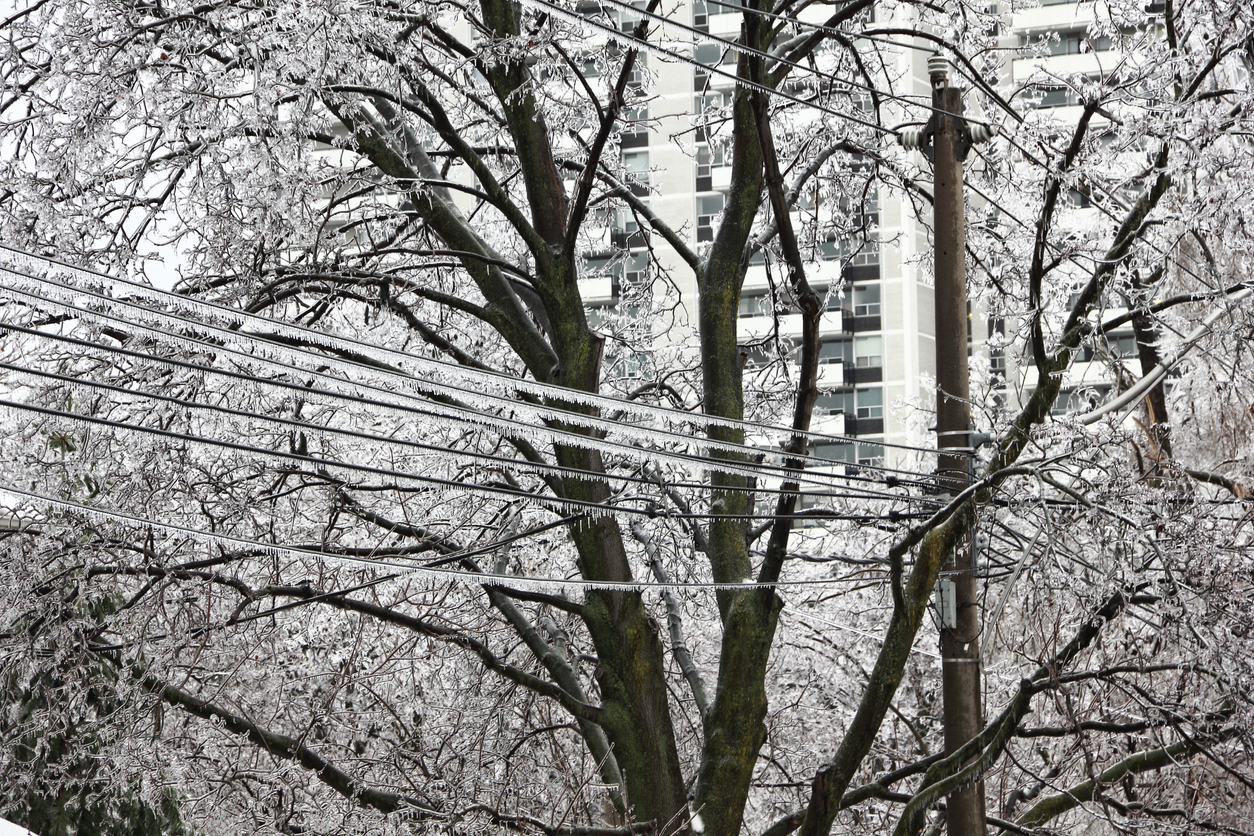
Freezing rain happens when snowflakes pass through a layer of air warmer than the flakes, causing them to melt. As these now-liquid droplets continue their descent, they encounter a shallow layer of air at freezing temperatures right before hitting the ground. This brief exposure doesn’t allow them enough time to solidify again. However, since the liquid is extremely cold, the droplets turn to ice instantly upon touching any surface or object at or below freezing (32 degrees Fahrenheit), such as the ground, trees, and power lines, forming a coating of ice.
This thin, treacherous layer of ice creates immediate hazards, especially on roads and walkways, making driving and walking extremely dangerous. Aside from the southernmost parts of the country and areas west of the Rocky Mountains, most parts of the U.S. experience freezing rain. In areas that experience freezing rain often, local authorities are ready to respond by spreading sand or salt on roads to increase traction. Even in the most well-equipped communities, however, this response can take hours to execute, causing delays and disruptions to traffic.
Ice Storms
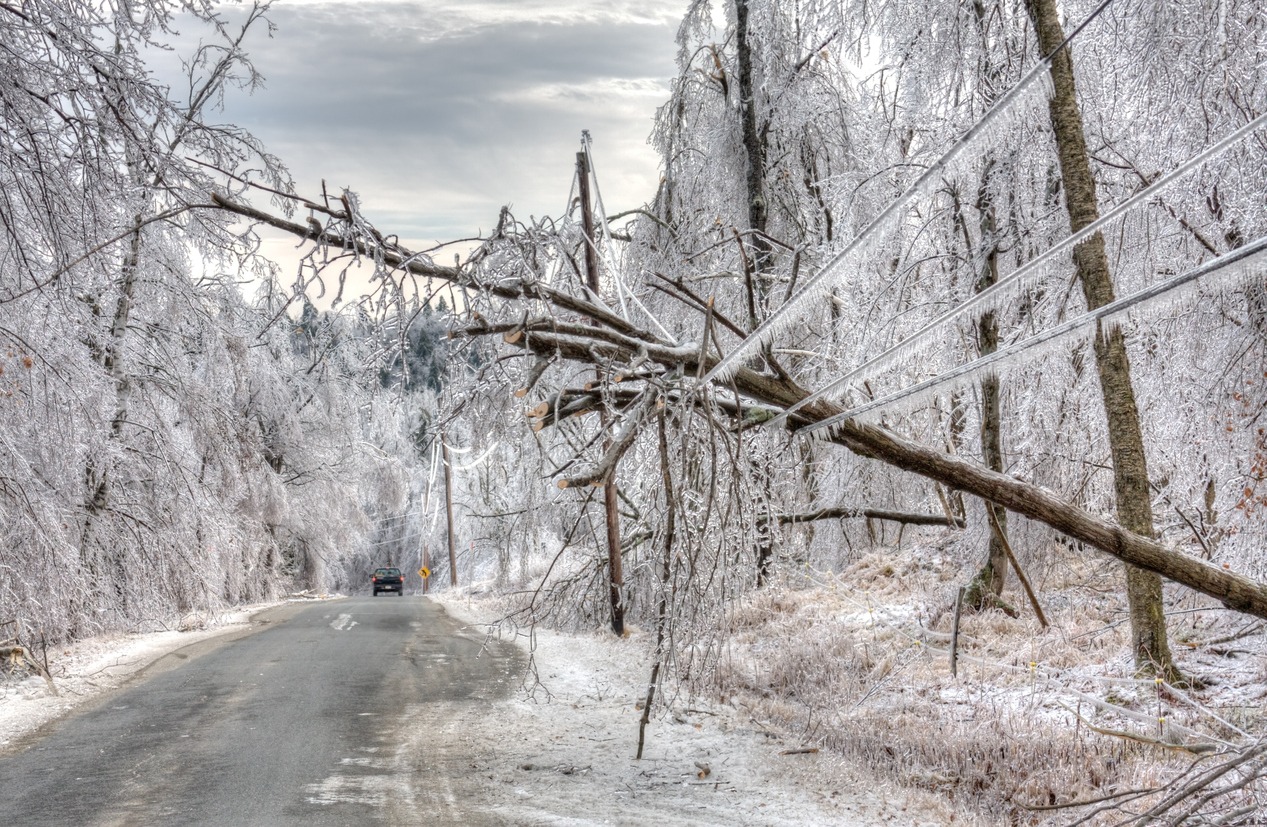
An ice storm occurs after an extended period of freezing rain. According to the U.S. National Weather Service, “An ice storm is used to describe occasions when damaging accumulations of ice are expected during freezing rain situations.” Significant ice accumulations of ¼ inch or greater cause the most hazards. This typically occurs when freezing rain lasts for 3 hours or longer.
When ice begins to build up, it causes a variety of problems on infrastructures. The weight of the ice can snap tree branches and bring down power lines, leading to widespread power outages. Ice buildup on roads makes them extremely slippery, causing dangerous driving conditions, especially when black ice is present.
While ice storms are most common in the Midwest and Northeast, they can also occur further South in warmer climates. Since these regions aren’t accustomed to winter storms, they lack the de-icing systems needed to manage these conditions. This leads to school closures and causes many employees to work from home. Emergency services and utility professionals work tirelessly to restore services, but the nature of these issues often means that recovery can be a slow process.
Sleet
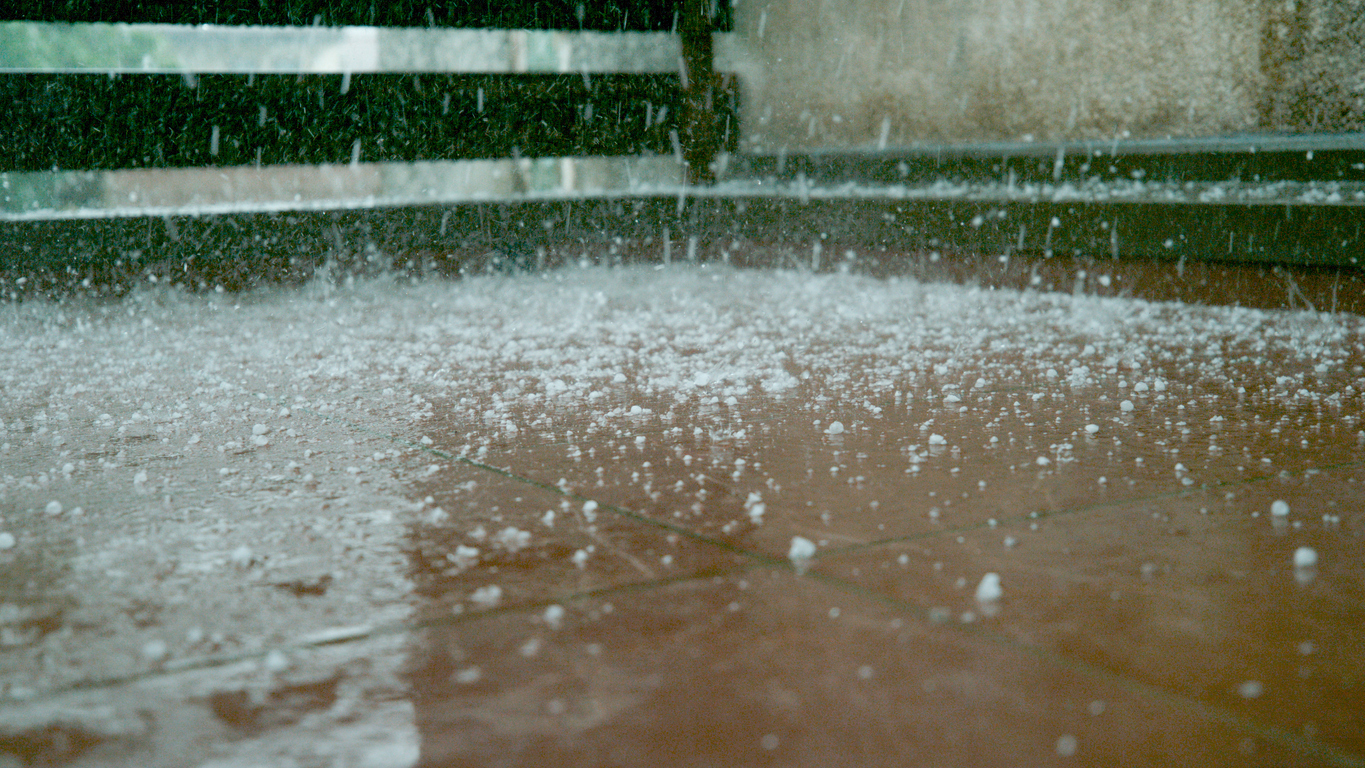
Sleet is a type of precipitation that occurs under specific atmospheric conditions. When snowflakes fall through a warm layer of air high in the atmosphere, they melt and turn into raindrops. As these raindrops continue to fall, they pass through a colder layer of air near the ground and re-freeze before they hit the surface. This results in the formation of small, translucent ice pellets that bounce when they make impact with the ground or other objects.
When sleet accumulates on the ground, it can create icy conditions that make walking and driving perilous. When considering how perilous a winter precipitation like sleet vs. freezing rain, sleet is less hazardous than freezing rain or heavy snowfall, it can still cause disruptions, especially in areas that are unaccustomed to winter storms.
Hail
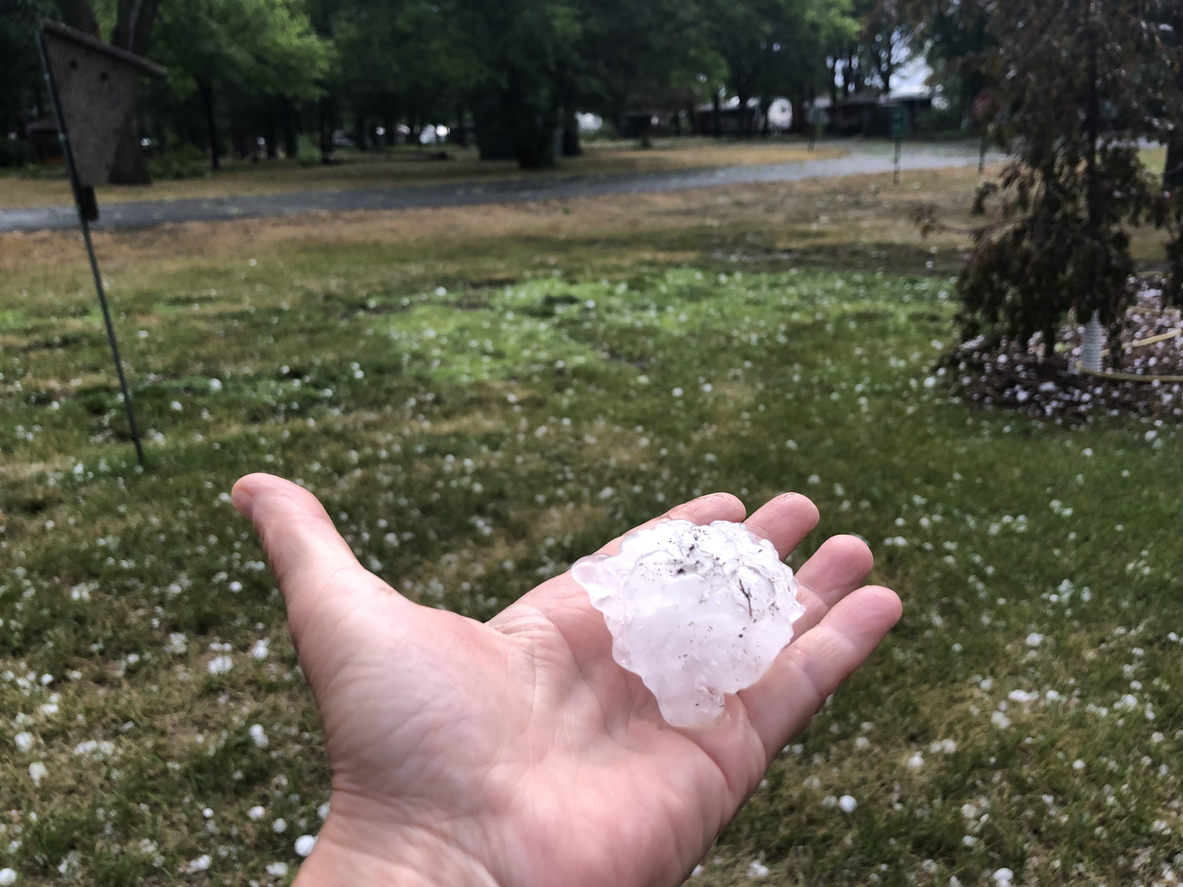
While snowstorms, ice storms, and sleet all take place in the winter months, hail can occur year-round and is common during summer thunderstorms. Sleet and hail may seem like they share similarities, but they form in completely different ways. Hailstones are formed in powerful thunderstorm updrafts when water droplets are carried high up into the atmosphere. They then freeze and transform into ice particles. These ice particles circulate up and down within the storm and accumulate more layers of water as they move, growing into hailstones that become heavy enough to fall to the ground.
Hailstones vary in size—ranging from as small as a pea to several inches in diameter—and the speed at which they fall is determined by how large they are. When hailstones come into contact with objects after falling at a high speed, they can cause serious damage to homes and vehicles as well as causing serious injuries to unprotected people or animals.
How to Prepare
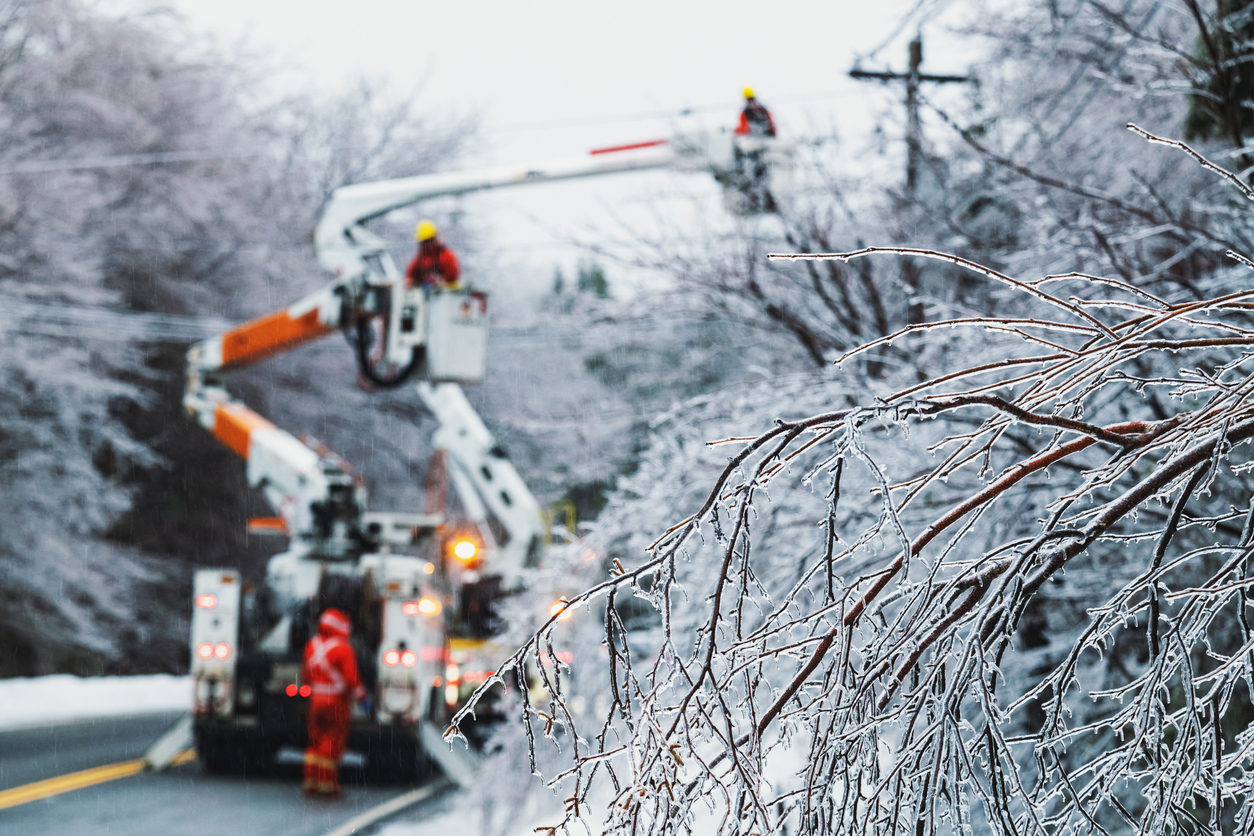
Whether you live in an area that’s prone to snowstorms or ice storms, it’s prudent to be prepared for severe winter weather. These emergency preparedness strategies are universal, regardless of which type of storm you face.
- Keep an emergency kit in your car that includes items like blankets, a flashlight, a snow shovel, ice scraper, snacks, water, and a first aid kit.
- Winter storms often lead to power outages, so it’s important to be equipped with everything needed to shelter in place for a couple of days if necessary. Create an emergency kit that includes essentials like a flashlight, batteries, a first aid kit, mobile battery packs, and a portable radio. Stock up on non-perishable food items, bottled water, blankets, and all necessary medications.
- If possible, have an alternative heat source or power backup, which can be a lifesaver in an emergency and power outages. A wood-burning stove or a generator can be an invaluable investment for those living in regions that are prone to severe winter weather.
In addition to ensuring personal safety and comfort, follow suggestions from local meteorologists to protect water pipes or faucets before winter storms hit. Follow manufacturers’ instructions for winterizing and maintaining swimming pools or other outdoor items.

